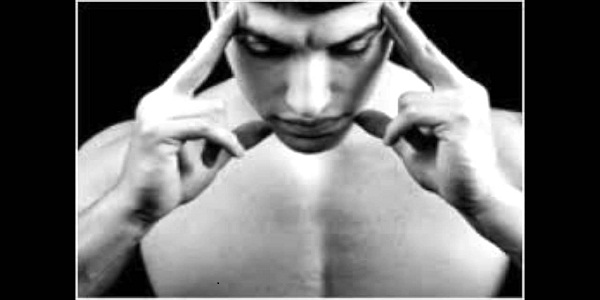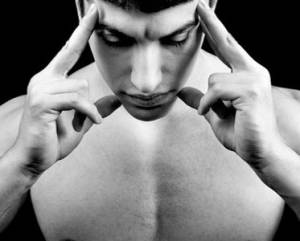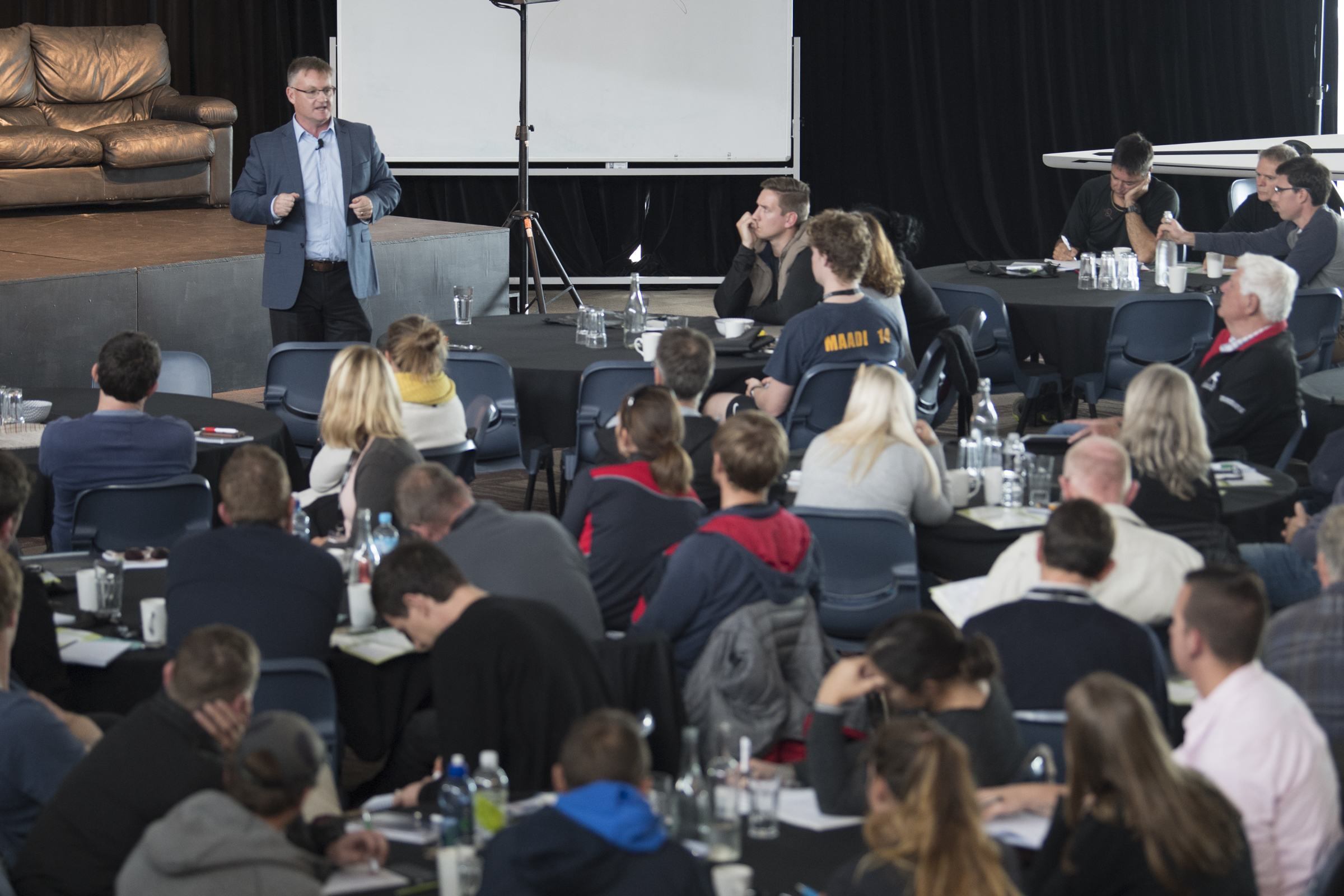Visualization and Imagery

[powerpress]
 The concept of visualization or imagery has been around for a long long time. Anybody who’s daydreamed, anybody who’s sat and thought about what could be or what might be and specifically, anyone who’s sat and thought how would that look like?
The concept of visualization or imagery has been around for a long long time. Anybody who’s daydreamed, anybody who’s sat and thought about what could be or what might be and specifically, anyone who’s sat and thought how would that look like?
Everyone can see themselves in a different role. For example you might have seen yourself winning the grand final by kicking the goal at the end. Or you might have seen yourself with an olympic gold medal direct around your neck with your national anthem playing in the background or you might have seen yourself kicking that winning goal in the World Cup final.
Athletes and people who have visualized and who have imagined themselves in those types of roles have already experienced and have learned the fundamental skills of visualization and imagery. There’s nothing mystical or magical about it.
However, there are some ways that you can get very very good at it. First way of course is practice. Often said that young athletes, when you go to bed at night, see the athlete you want to be.
If you want to be an olympic gold medalist in 100 meters on the track, lie in bed at night and think about what that might look like and how that might feel. Close your eyes and imagine you’re blasting out from the blocks with power and strength and speed and imagine you are feeling the wind rushing past your body, rushing past your face as you surge beyond 100 meters and imagine dipping at the tape of the enemy, roar of the crowd as they look up and they see a new world record and a new olympic champion is being crowned.
The capacity to see clearly can determine the success of visualization. Secondly, a little trick to share with you, what I found over the years when working with athletes and coaches on visualization is that you can make it even more effective by using what I would call props.
I was working with a football team recently and we had a group of young players what we would call rookies, first year players. And I wanted them to see the player that they could be. So we dressed them in the team uniforms including their boots, we went out to the middle of the field, we laid down on the pitch on the middle of the field and we did a lot of imagination and visualization exercises there where they could feel the ground, they could smell the ground, they could have the sun on their face. We brought the imagination and the visualization experience to life.
We gave them more audio visual cues, we gave them more century information. And we found the effectiveness of that practice was far better than anything that we’ve done in the past. Visualization imagery, it works.
Visualization and imagery, see the athletes you want to be to be the athletes you want to be and why not try something along the lines of the football that’s out on the field? Come up with a way of using some props or field or some training equipment to give it more real sensory feel. You might be surprised at your results.



0 Comments